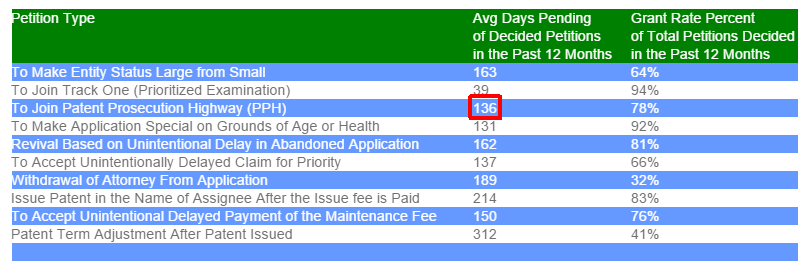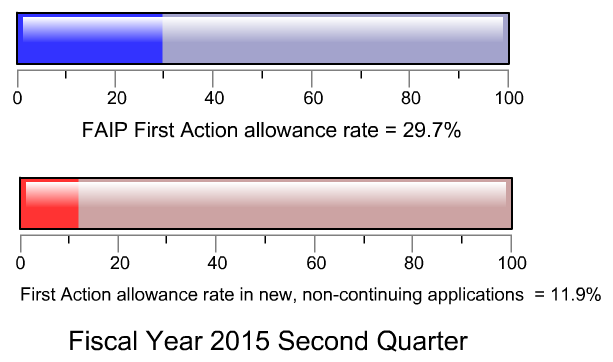(It took a couple of days, but USPTO did eventually acknowledge that it broke the XML import feature. See a followup post here.)
By way of background, for many years, since the first days of EFS-Web, it has been possible using Acrobat to import bib data from an XML file on the user’s hard drive into the Application Data Sheet (PDF) file such as Form PTO/AIA/14. The resulting PDF file could then be uploaded into EFS-Web.
Bruce Young, who is an alert member of the EFS-Web listserv, recently reported that when USPTO released version 2.1.12 of its Application Data Sheet PDF form, USPTO broke the XML import capability of the form. As Bruce explains:
Older versions of the ADS form, up to and including 2.2.11 (number in lower left corner of the form) allowed an .xml file to be imported into the form to populate it. … I use this feature because my docketing system (AppColl) can create a .xml file with all of the correct information that I have entered into that system, so I don’t have a possibility of typos once the information has been correctly entered into my docketing system.
But [the new version of the PDF form] for some reason does not allow the importation of a .xml file. The menu option for Import Data is greyed out for some reason.
The unhappy consequence of this action by USPTO, breaking the import feature, is that users are forced to hand-key bib data into the PDF form. This increases the risk of a user completing the ADS form incorrectly.
USPTO should repair this form, re-enabling the XML import feature of the form.


